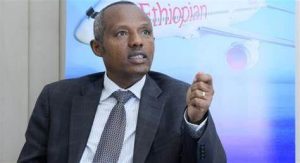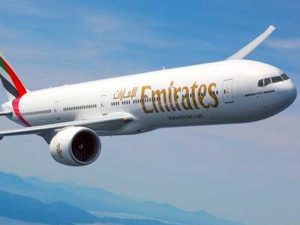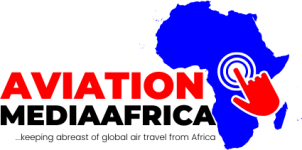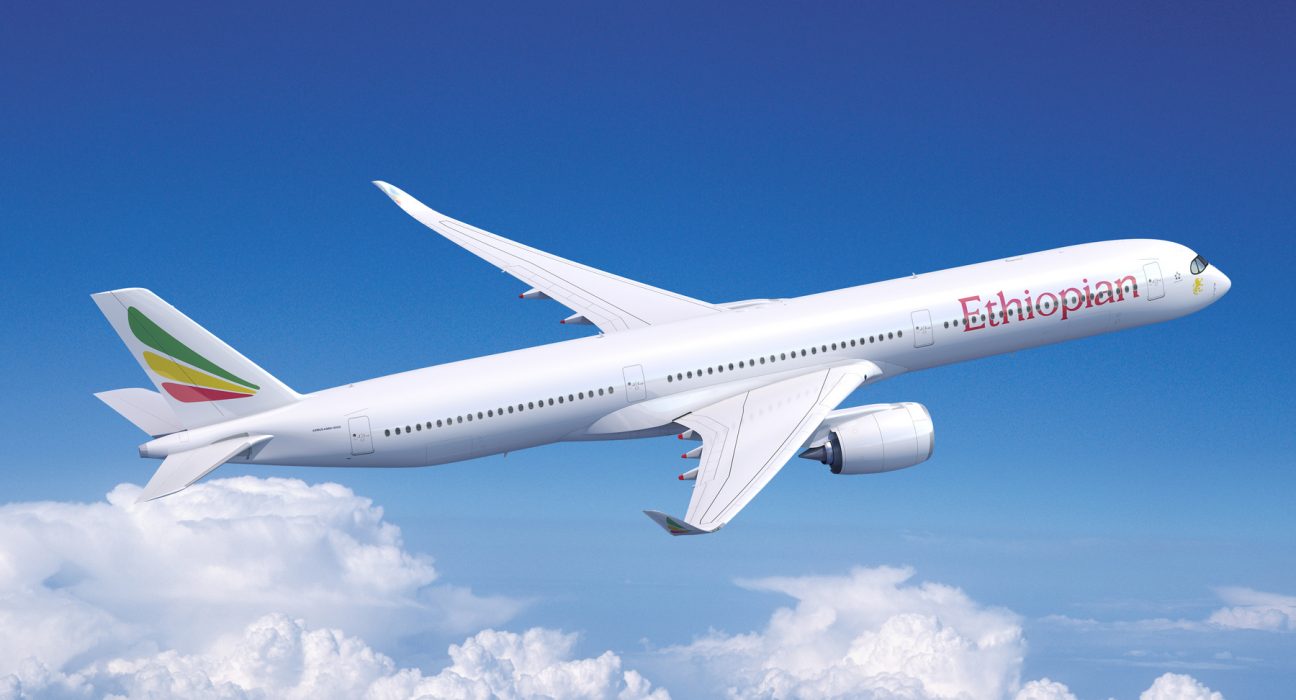
The plan to expand African air travel market is currently being hindered by intrigues and inter-state rivalry by countries that do not want the actualisation of the Single African Air Transport Market (SAATM).
These countries, it was learnt, believe that if SAATM is given free reign, as enshrined by the African Union, which enables some airlines in Africa to grow at their expense.
But the major objective of SAATM is to encourage inter-African travel by developing intra-regional routes for the delivery of goods and services produced in Africa and taken to Africa.
This is expected to grow the economy of the countries on the continent, create jobs and lead to the development of robust aviation market and stronger African carriers.
According to the International Air Transport Association (IATA), SAATM is a flagship project of the African Union Agenda 2063, an initiative of the African Union to create a single unified air transport market in Africa to advance the liberalisation of civil aviation in Africa and act as an impetus to the continent’s economic integration agenda.
The global body optimistically stated that SAATM would ensure aviation plays a major role in connecting Africa, promoting its social, economic and political integration and boosting intra-Africa trade and tourism as a result.
The SAATM was created to expedite the full implementation of the Yamoussoukro Decision. It was flagged off in Nigeria in 2018 and since then no significant advancement has been made in its realisation despite that 27 countries have subscribed to its commitment.
It is hoped that SAATM will create more market for African airlines. Currently the Africa air transport is dominated by European and Middle East carriers, but if the goals of SAATM were actualised, it would lead to the creation of more inter-state routes to virgin destinations, where trade would have been enhanced, as airlines take goods, services and business men and women to such destinations.
Airlines that dominate the African air transport market include; Turkish Airlines, Lufthansa, Air France/KLM, Ethiopian Airlines, Qatar, Emirates, Delta Air Lines, United Airlines and Egypt Air. Among the first 10 major airlines only two are African carriers, while the rest are European and Middle East airlines.
Travel expert and organiser of Akwaaba Africa Travel Market, Ambassador Ikechi Uko, told THISDAY that many countries in Africa do not want SAATM to be implemented in their countries, noting that having open sky for Africa, which allows African airlines to fly to any country on the continent without immigration and airspace barriers, would open up the continent for business.
According to him, an airline could open Kumasi-Lagos route, but the airline that has the capacity to do that might not be allowed because it may not be a Nigerian or Ghanaian carrier; so, this tendency to undermine such possibilities with government denial is the major inhibition to the realisation of SAATM.
“So much will happen in African if SAATM is implemented. For example, Jambo Jet is a subsidiary of Kenya Airways. It has about 62 per cent of the Kenya domestic market. It flies Kigali, Rwanda to Mombasa, Kenya and to Zanzibar, Tanzania. Opening up such routes across courtiers will help Africa grow economically and enhance the growth of African carriers,” Uko said.
According to THISDAY investigation, there is a seeming dichotomy between French speaking African countries and their English-speaking counterparts, especially in West Africa and there is also an indication that some African countries are being teleguided by their former colonial masters.
For example, Ivory Coast has stringent conditions against African carriers operating to their airspace. When Air Peace and Asky wanted to operate to Abidjan, its capital, the government introduced very difficult conditions accompanies by outrageous high charges. But Air France, European carrier, has practically free access.
Recently, the Director General of the Cameroon Civil Aviation Authority (CCAA), Mrs. Paule Koki, was reported to have said that some African countries have not embraced SAATM due to fears that large, well-established airlines could dominate the market and push out smaller national carriers.
“There are also challenges related to infrastructure, technical capacity and the need for stronger institutions to enforce competition rules and safety standards. But overall, with continued cooperation and political will, I believe the continent-and the CEMAC (Economic and Monetary Community of West Africa) region in particular-will increasingly embrace SAATM for the long-term growth and sustainability of African aviation,” she said.

She also stated that the CEMAC region, comprising Cameroon, Chad, Central African Republic, Congo, Equatorial Guinea, and Gabon, have signed the commitment to SAATM and are currently in the process of aligning their national policies with its principles, which involves reviewing bilateral air service agreements, improving regulatory frameworks, and working closely with regional institutions like AFCAC (African Civil Aviation Commission) and the African Union to support implementation.
SAATM is supposed to boost Africa’s economy, enhance stronger African airlines, create jobs and increase passenger traffic. The Group Chief Executive Officer of Ethiopian Airlines, MesfinTasew Bekele, once told THISDAY that for passenger traffic to improve in Africa and for African carriers to grow, African leaders have to show commitment.
“It depends on the decision and commitment of African leaders. Africa is a rich continent in natural resources. It has a big human resource, young people who can be trained. It has a big potential, but government decisions, government policies have not released it to grow at a pace that it has to grow. The African Union under Agenda 2063 has set a number of brilliant initiatives but countries are not implementing. The implementation process is extremely slow. Take SAATM, for instance, I can tell you honestly that it will drive the development of the aviation industry in Africa. If the point is to develop the aviation industry in the continent, SAATM is an important tool. But if the primary point is to protect your internal weak airline, then SAATM doesn’t work and aviation will not develop. That is where we are now. Many countries have not opened up their airspace for free movement of people and goods. Still there are several countries who are not allowing Ethiopian Airlines to fly in the first place.
But some countries are demanding that you have to fly. Those countries that opened their airspace are developing their aviation industry. Those that remained closed will remain closed. If we see the greater picture of enhancing their transport industry, the best way is to open up. Let other airlines fly to that city. If they fly to that city, what do they bring? They bring number one, for the citizens, they provide a competitive service. If there are many airlines coming there, you will have options to choose. Airlines have to compete. They have to improve their customer service. They have to reduce their fares. At the end of the day, who benefits? The citizens, the public.






